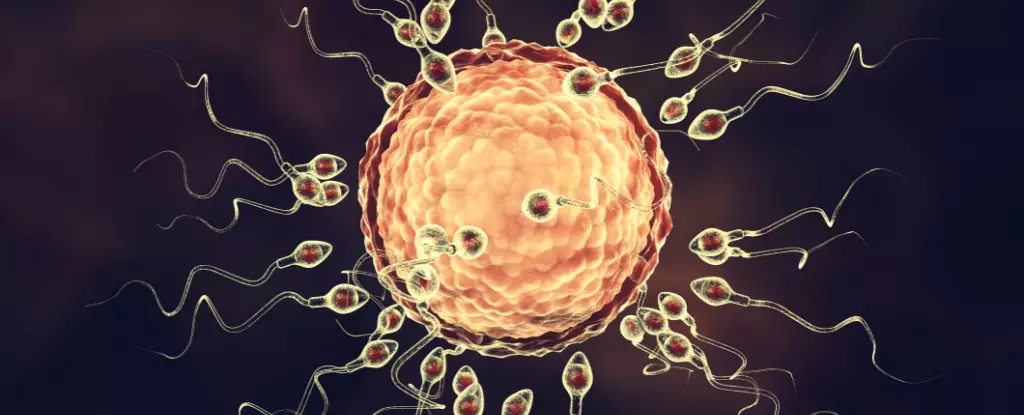The process of fertilization, where a sperm penetrates an egg, is a pivotal moment that marks the beginning of life. Despite its significance, the intricate molecular events that occur during this process have yet to be fully understood. A recent study conducted by researchers at ETH Zurich and Ludwig Maximilian University of Munich sheds light on the complexities of a protein complex known for its crucial role in fertilization. This article explores the groundbreaking findings of this study and their implications for contraception and infertility.
Previous studies have highlighted the importance of the interaction between two proteins, JUNO and IZUMO1, in initiating the recognition and fusion process between sperm and egg. JUNO is located on the outer membrane of the female egg cell, while IZUMO1 is found on the male sperm cell surface. However, attempts to develop inhibitors for the JUNO-IZUMO1 union as a contraceptive measure have faced challenges, suggesting that there may be more to their molecular interactions than initially known.
Traditional techniques used to study protein structures, such as cryo-electron microscopy and protein crystallography, provide static images and cannot capture the dynamic interactions between proteins. To overcome this limitation, the researchers employed a Swiss supercomputer to simulate the interactions between JUNO and IZUMO1 in a watery environment, resembling their natural forms in cells.
The simulations revealed that the initial stabilization of the JUNO-IZUMO1 complex relies on a series of short-lived and weak non-covalent interactions between the protein molecules. These interactions last for less than 50 nanoseconds each, highlighting the delicate nature of this molecular bonding process. Understanding the consequences of interrupting these interactions could provide valuable insights into the development of contraceptives and infertility treatments.
Zinc Ions: Disrupting the Complex
Following the exploration of short-lived interactions, the researchers delved into understanding the impact of zinc ions on the stability of the JUNO-IZUMO1 complex. Minutes after fertilization, the fertilized egg releases a surge of charged zinc atoms, which are believed to harden the outer coat of the egg, preventing additional sperm from entering. The simulations demonstrated that the presence of zinc ions caused IZUMO1 to adopt a boomerang shape, compromising its ability to bind firmly to JUNO. This suggests that the release of zinc by the egg may also impede the attachment of approaching sperm.
While these findings are based on computer simulations using protein sequences and shapes, they provide a valuable glimpse into the early stages of fertilization. By simulating the natural environment within cells, the researchers were able to capture the dynamic nature of protein interactions, which traditional techniques fail to achieve. This novel approach offers a fresh perspective and opens up new avenues for further exploration in the field of reproductive biology.
The study conducted by ETH Zurich and Ludwig Maximilian University of Munich offers valuable insights into the intricate mechanisms at play during the fertilization process. By unraveling the details of the JUNO-IZUMO1 protein complex and understanding its interactions, researchers can potentially develop new methods of contraception and uncover solutions for infertility. The use of simulations provides a powerful tool for studying complex biological processes and has the potential to revolutionize our understanding of reproductive biology in the future.


Leave a Reply